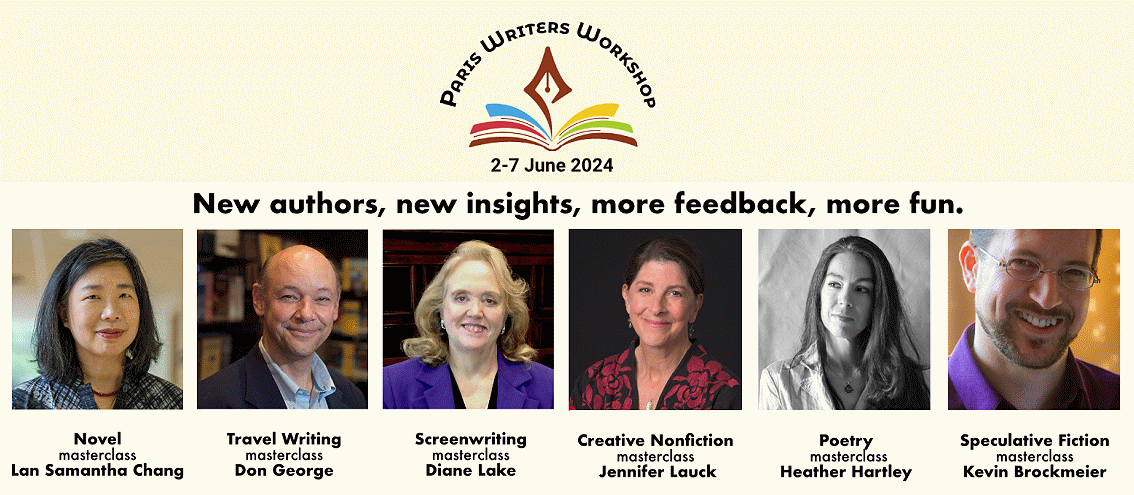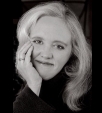
From Idea to Script to Sale





Before I get to today’s blog…
Thinking about doing more with your writing? Why not join me in Paris June 2-7 for my Masterclass in Screenwriting? Come be part of a dynamic community of writers and literary agents to learn, to write, to network, to energize your literary goals—and just to have fun in the City of Light!
The Paris Writers Workshop is the longest running literary program of its kind. This program offers 6 masterclasses by renowned authors, each a specialist in their field—and I’ll be teaching the Screenwriting Masterclass—in English, of course.
The workshop will be held at Columbia University’s beautiful Reid Hall campus in the heart of literary Paris—Montparnasse.
Registration is now open: https://wice-paris.org/paris-writers- workshop
We’ll have a great time getting your story ideas off the ground!!

All Time Best Pictures--#10
One of the ways to improve your own writing is to watch—and more importantly read the screenplays of—great films. Over the next few weeks, let’s take a look at some great films [from a list compiled by members of the WGA, Writers Guild of America] and see what made them great.
Number 10 on the list is The Godfather: Part II [1974] by Francis Ford Coppola and Mario Puzo, based on Puzo’s novel, The Godfather. Although we’ll run into The Godfather [1972] on the WGA list, The Godfather: Part II isn’t really a sequel.
How did the film come about? Well, of course, when The Godfather became so hugely popular and also won many awards, the studio was crying for a sequel. But Coppola wasn’t really interested in a sequel, per se. However, he’d been interested for some time in doing a film about fathers and sons—at the same age. "In the father, you see the potential of the son, and in the son you see the influence of the father," said Coppola. So that’s what the second film became—a study of a young Vito Corleone in Sicily and New York in the early 1900s and his son Michael in the 1950s as he’s trying to expand the family business. Fathers and sons. At the same age.
Take a look at the trailer for the film: https://www.youtube.com/watch?v=OA1ij0alE0w
Notice that it doesn’t really feature the father/son angle? Well, that may not have been the thing to focus on in order to get the people into the theatres. But intrigue and violence? Well, it worked for the first Godfather, so that’s why it was featured.
But the film went on to win 6 Academy Awards, including Best Picture, Best Director and Best Adapted Screenplay. So it was seen as a film of quality, and I think that’s because, despite all the violence, at heart it really was about fathers and sons and how they become who they are.
A lot of critics and viewers thought The Godfather: Part II was even better than The Godfather. Why? I think it’s because of the very thing Coppola was going for—fathers and sons. There are so many scenes and nuances to those scenes where we see how the father became who he became in the past and how the son, in the present, is becoming so much like the father.
The Godfather: Part II goes so deeply into the character of young Vito and Michael that we’re absolutely drawn to them and to their separate—but eerily similar—needs. It’s also a great example of how you don’t have to like the characters in a film to be fascinated by them. I mean, you probably wouldn’t want Vito and Michael at your dinner table, but you’re beyond intrigued to try and figure them out as human beings.
Character—so crucial in any screenplay. And in this one? I think it makes the film.
Copyright © Diane Lake
01Mar20